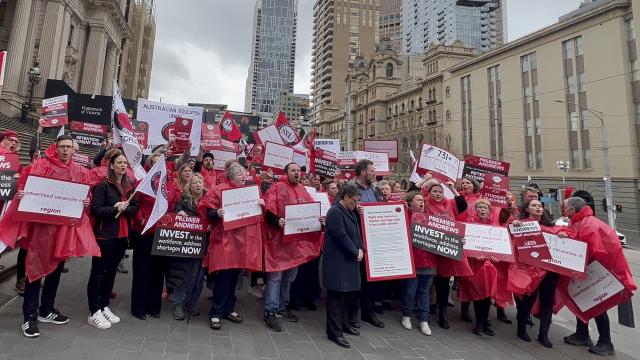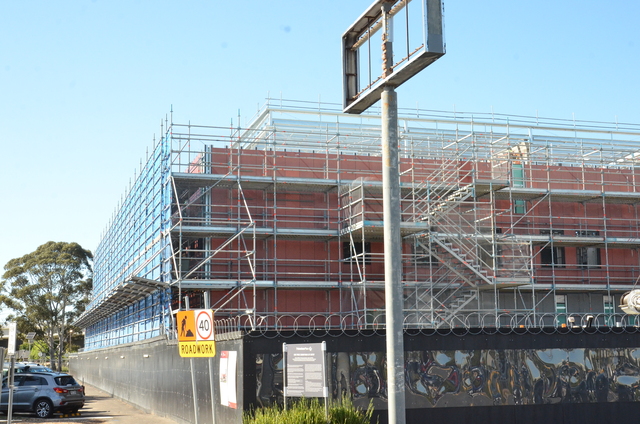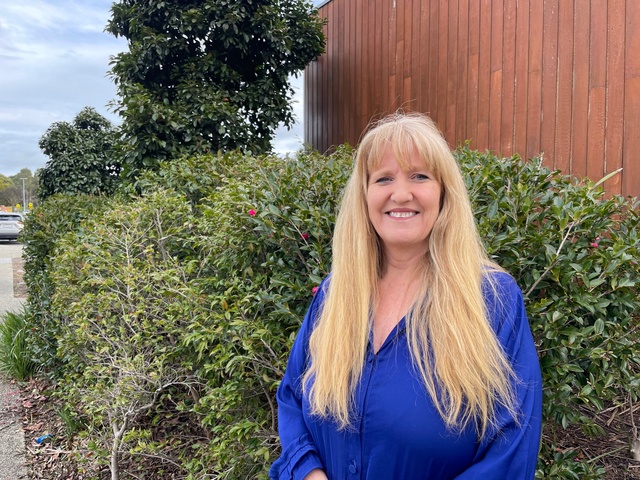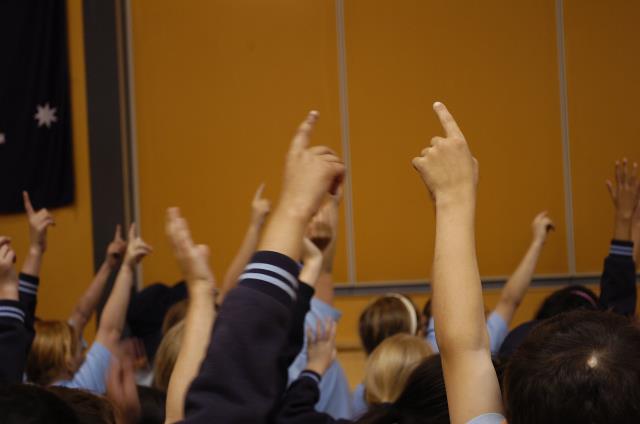The Australian Education Union (AEU) Victorian branch has welcomed the announcement made by the State Government to introduce scholarships for secondary teaching students, but has said more needs to be done to secure a consistent supply of teachers as schools continue to operate with limited numbers.
An investment of up to $93.2 million would provide new scholarships to support teaching degree students, with the scholarships set to be available to all students who enrol in secondary school teaching degrees in 2024 and 2025, with final payments if they then work in Victorian government schools for two years after they graduate.
Estimated to support about 4000 future teachers each year, the total scholarship for students who complete their studies and then choose to work in government secondary schools would match the HELP fees charged by the Commonwealth Government for Commonwealth Supported Places – $18,000 for a four-year undergraduate program or $9000 for two years of postgraduate study.
Berwick Lodge Primary School principal Henry Grossek said it was a “good win” but fell short of supporting students wishing to become primary teachers.
“I would argue for the last 10 to 15 years governments of all persuasions have not supported the needs of the teaching profession well enough,” he said.
“The children of today deserve the best that we can give them.”
Mr Grossek said Covid had brought a lot of issues to the fore, spurring a number of teachers to take family leave, moving to part-time work or wanting to work as casual relief teachers.
“It is extremely difficult,” he said.
“Term 2 was really quite dreadful, Term 3 has been marginally better.
“We are still plugging holes every week.”
Mr Grossek said their school was currently trying to fill seven vacant positions.
“There’s not that many people applying,” he said.
“The quality is not as strong.”
Mr Grossek said he was optimistic about the future and said he was indebted to the entire school community.
“It’s a team effort,” he said.
“They support me just as much as I support them.”
Casey Fields Primary School was among the local schools searching for new teachers, with at least nine vacancies for teachers over the past two months.
The announcement arrived shortly after the AEU held a protest on the stairs of State Parliament on Friday 8 September demanding immediate action from Premier Daniel Andrews.
AEU Victorian branch deputy president Justin Mullally said the announcement was a positive step forward.
“Teachers, education support staff, and principals have been calling for clear action to address the workforce shortage, and today the government have responded,” he said.
Mr Mullally said more still needed to be done to retain existing school staff members.
“Right now school staff are stretched covering gaps because of teacher shortages – they are going above and beyond to ensure students have access to the learning programs they need,” he said.
“This effort is taking a toll causing too many to become burnt out, take extended leave, or leave the profession altogether.
“Retention payments are one of the many solutions the government can implement now to acknowledge the key role of teachers, education support staff, and principals, their valuable work, and encourage them to stay in the profession.”
AEU South East secondary school member Simon Cole said the students deserved better treatment.
“As teachers, we are dedicated to educating our students and supporting them in their learning,” he said.
“However, these shortages are stretching staff beyond their capacity and it’s students’ learning that suffers.”
Narre Warren South MP Gary Maas said National Teacher Workforce Action Plan was investing $1.4 billion in school workforce initiatives, including $204.8 million through the 2023–24 state budget
“The number of teachers in Victoria has grown at twice the national average and that’s no accident,” he said.
“We’re delivering a range of initiatives that have seen more than 5000 additional teachers registered by the end of 2022, compared to 2020.
“State Government investments have been focused on giving all students an equal opportunity to make the most of a first-class education system delivered by great teachers in excellent classrooms and schools.”
Berwick MP Brad Battin there was a greater impact felt in the growth corridors as new schools and established schools are competing for staff members from the same pool of candidates.
“In Victoria, the teacher shortage is impacting at all age levels and year levels,” he said.
“The more difficult solution is to review how we educate children, what is in the curriculum and are we overloading staff with unnecessary areas in day to day learning that should be part of home learning and values.
“Until we are serious in making change in education, there will be unwarranted pressure on teachers, and a reluctance for people to enter teaching in the future.”







